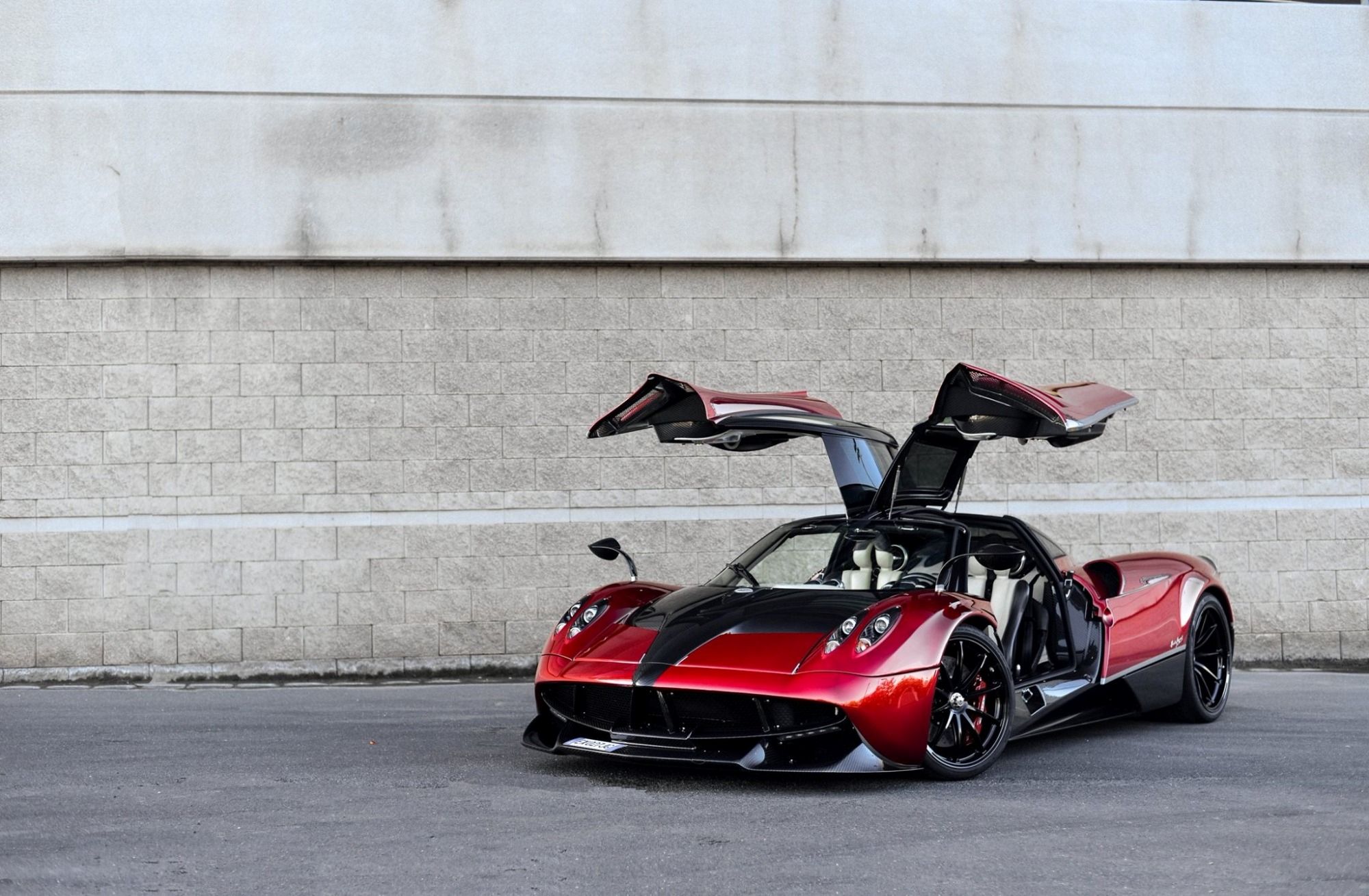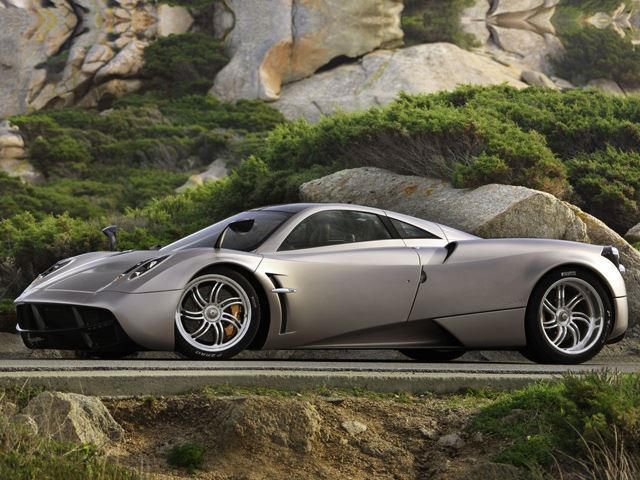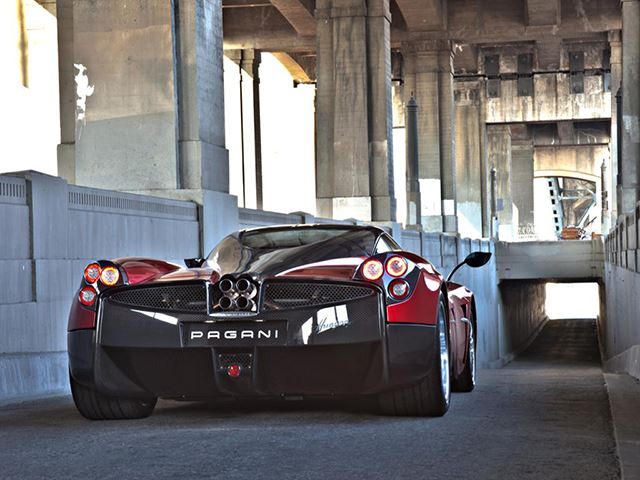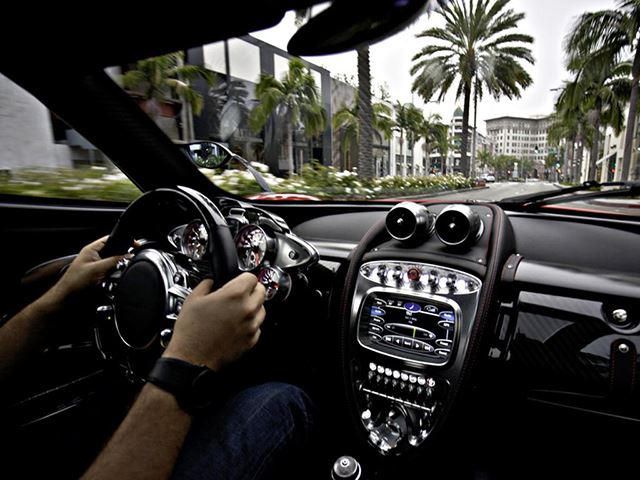
It takes a serious dreamer to see something deemed as perfect by everyone else and think that it isn't enough. But it is this interrogation of "perfection" and the desire to improve it that birthed Pagani Automobili. The niche automaker manages to one-up Ferrari and Lamborghini by having the most stylish and desirable cars out there. The Huayra is the current star of Pagani's show, but despite its ability to get naked and expose its carbon fiber, aluminum, and titanium body, there are some secrets about the car you may not have heard.
We at CarBuzz love Pagani, and apparently its buyers agree with us wholeheartedly. Not only do these lucky humans happily pluck down more than $1.4 million dollars on these highly specialized hypercars, but most Pagani customers actually buy two Huayras. The reason why is that when going through the meticulous process of choosing color schemes and other options for the car, they end up creating more than one must-have spec of the car, so they just buy the other one too. How special must a car be to make someone change their mind last minute at the factory and spend an extra $1.4 million on an impulse buy? Boy do we wish we could find out firsthand.
Speaking of money, the Huayra is primarily a carbotanium monocoque with leather seats inside and ladybug mirrors hanging off the edges, but it's all held together with some very expensive bolts. These glorified screws are made to hold the car together stiffly enough to handle hard cornering but break on impact to split the car in two and dissipate energy. That precaution will cost you $80 per bolt, which doesn't sound too bad until you realize that 1,400 of these are littered within the car. This makes a grand total of $112,000 that a buyer spends just on bolts. Added protection includes a bullet poof gas tank just because Horacio Pagani didn't want his cars to emulate Ferrari's literal meltdowns.
This should have been passed over because anyone who crashes a Pagani would probably be struck down by lighting from an angry god. Like with anything else, the devil of the Huayra is really in the details. The car is so carefully put together that nothing can be out of order, not even the carbon fiber weave. If a body panel's carbon weave lines doesn't match up with the rest of the car, the part is thrown away and a new one made. With the Huayra, everything was thought through with time; the design process began in 2003 but the car wasn't unveiled until 2011. This gave Horacio eight years to design the car and in this process, he came up with the idea for the Huayra's famous front and rear aero flaps.
These might be pieces of sophisticated aerodynamic technology, but they aren't there because they improve on the traditional rear wing. Instead, Pagani wanted to find a way to get the benefits of a rear wing without the aesthetic headache of having a protruding piece of carbon fiber screwing up the lines of the car. This may sound too picky for most, but bear in in mind that this is coming from a man who made some of his parts suppliers rebuild entire portions of their factories just to meet his standards for constructing parts in a clean, well-lit, and orderly facility. Thankfully, his careful work ethic paid off because we were left with this eye-candy.



